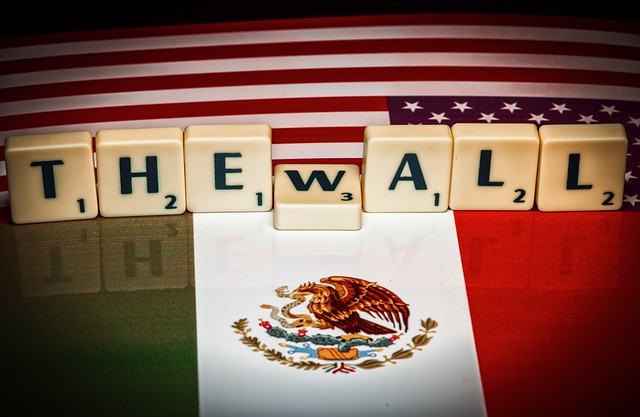Title: Title 42 Ends, Fueling Political Tensions: Spike in Mexican Border Crossings
Introduction: The recent end of Title 42, a public health policy implemented at the US-Mexico border, has resulted in a significant increase in Mexican border crossings. This surge in crossings has fueled political tensions and drawn attention to the ongoing immigration debate. This article explores the implications of Title 42’s expiration and its impact on the rising number of Mexican border crossings.
The End of Title 42: Title 42, implemented in response to the COVID-19 pandemic, allowed the US government to quickly expel migrants apprehended at the border, citing public health concerns. Under this policy, individuals, including asylum seekers, were rapidly expelled without the opportunity to apply for protection or access to the US immigration system. However, with the expiration of Title 42, the situation at the border has undergone a significant change.
Spike in Mexican Border Crossings: The expiration of Title 42 has led to a notable increase in Mexican border crossings. Migrants, including families and unaccompanied minors, have been emboldened by the opportunity to present themselves at the border and seek asylum. The removal of the swift expulsion mechanism has resulted in a surge of individuals attempting to enter the United States, placing additional strain on immigration enforcement and processing resources.
Political Tensions and Immigration Debate: The spike in Mexican border crossings has fueled political tensions and intensified the ongoing immigration debate in the United States. Advocates argue for a more humanitarian approach, emphasizing the need to provide protection and due process to individuals fleeing violence, persecution, and economic hardship. On the other hand, critics raise concerns about border security, national sovereignty, and the capacity to effectively manage the influx of migrants.
Challenges and Consequences: The increased number of Mexican border crossings poses several challenges and consequences. Border patrol and immigration agencies face significant pressures as they work to process, shelter, and provide medical care to the growing number of individuals arriving at the border. Additionally, the surge in crossings can strain local communities along the border and impact resources allocated to address immigration-related issues.
Policy Implications and Response: The end of Title 42 and the subsequent spike in Mexican border crossings have prompted policymakers to reevaluate immigration policies and border management strategies. The US government faces the task of balancing border security concerns with upholding humanitarian principles and fulfilling international obligations. Addressing the root causes of migration, enhancing legal immigration pathways, and engaging in regional collaborations are among the measures that may be considered in response to the evolving situation.
Conclusion: The expiration of Title 42 and the subsequent spike in Mexican border crossings have introduced new dynamics and challenges to the US-Mexico border situation. As political tensions rise and the immigration debate intensifies, finding a balanced and comprehensive approach to border management and immigration policies becomes crucial. The future direction of US immigration policy will play a pivotal role in shaping the outcomes and consequences of the increased Mexican border crossings, impacting both the individuals seeking asylum and the overall immigration landscape.












